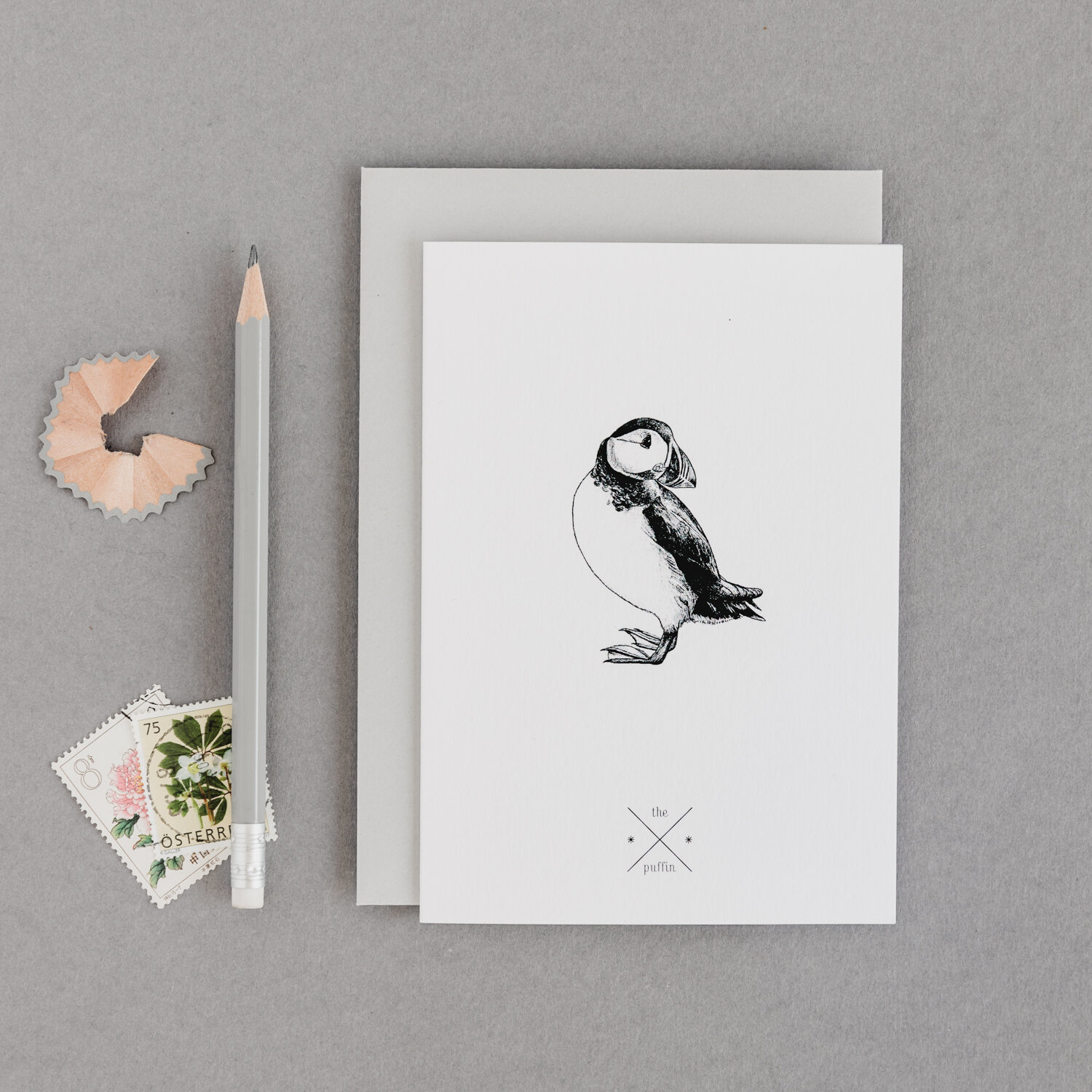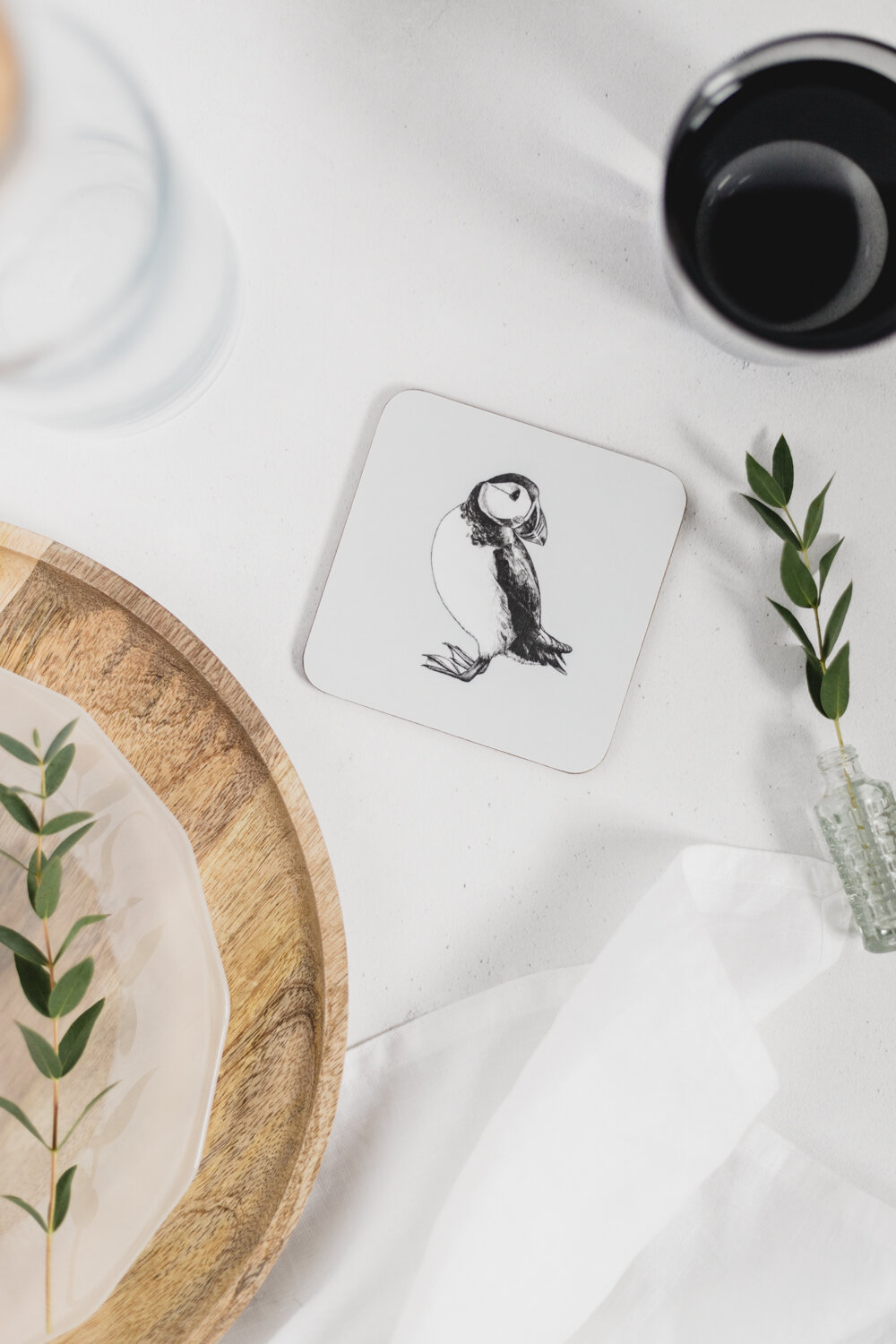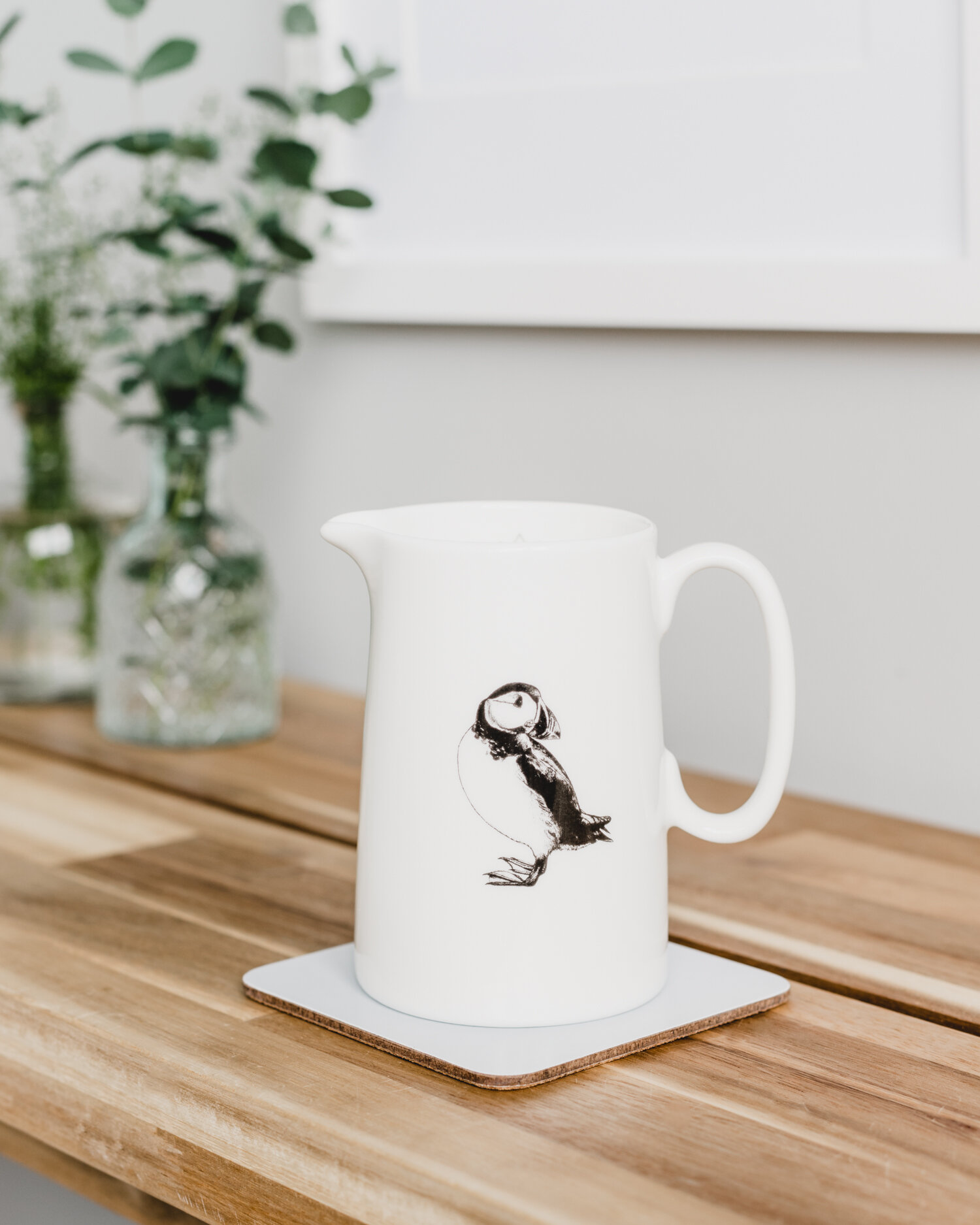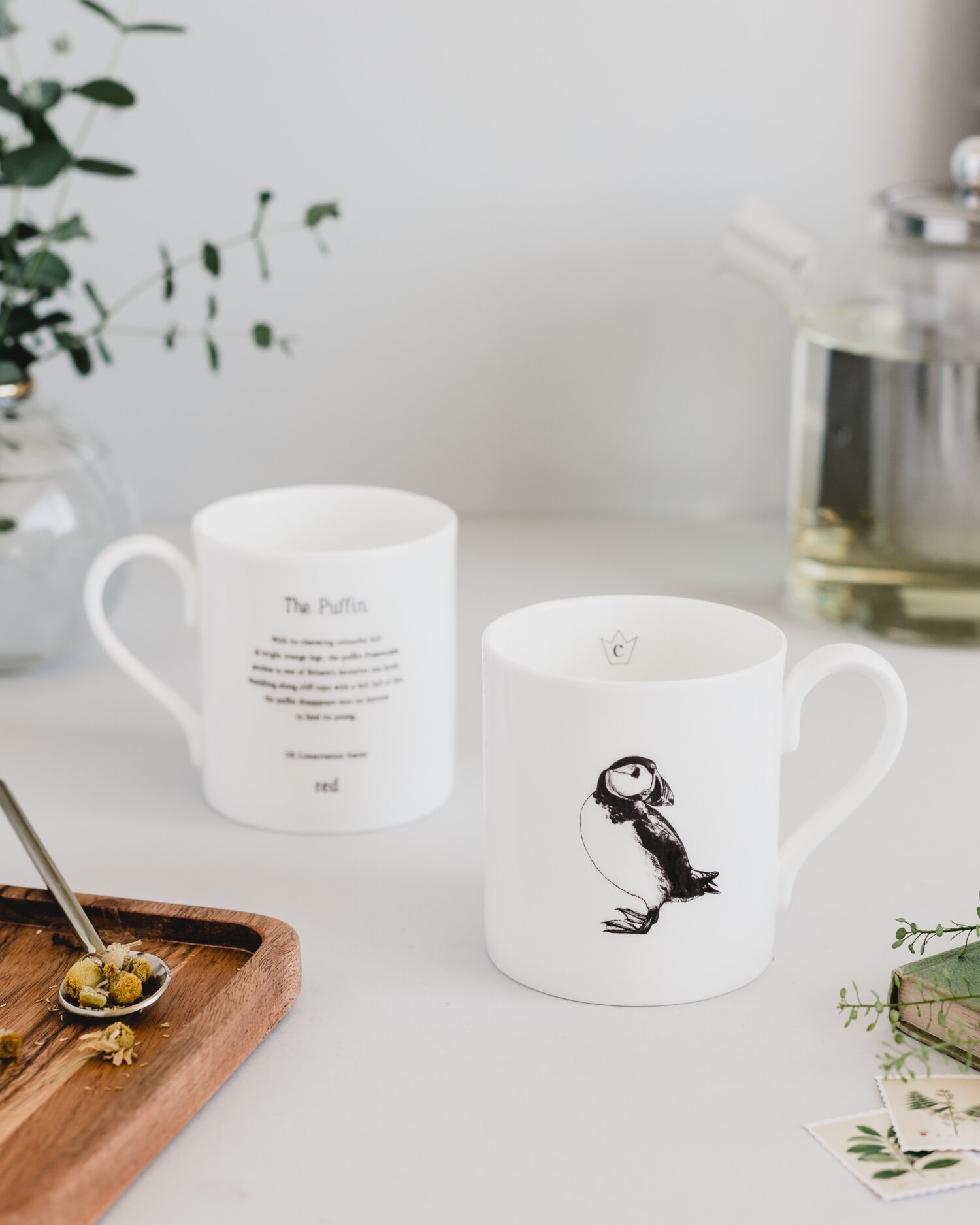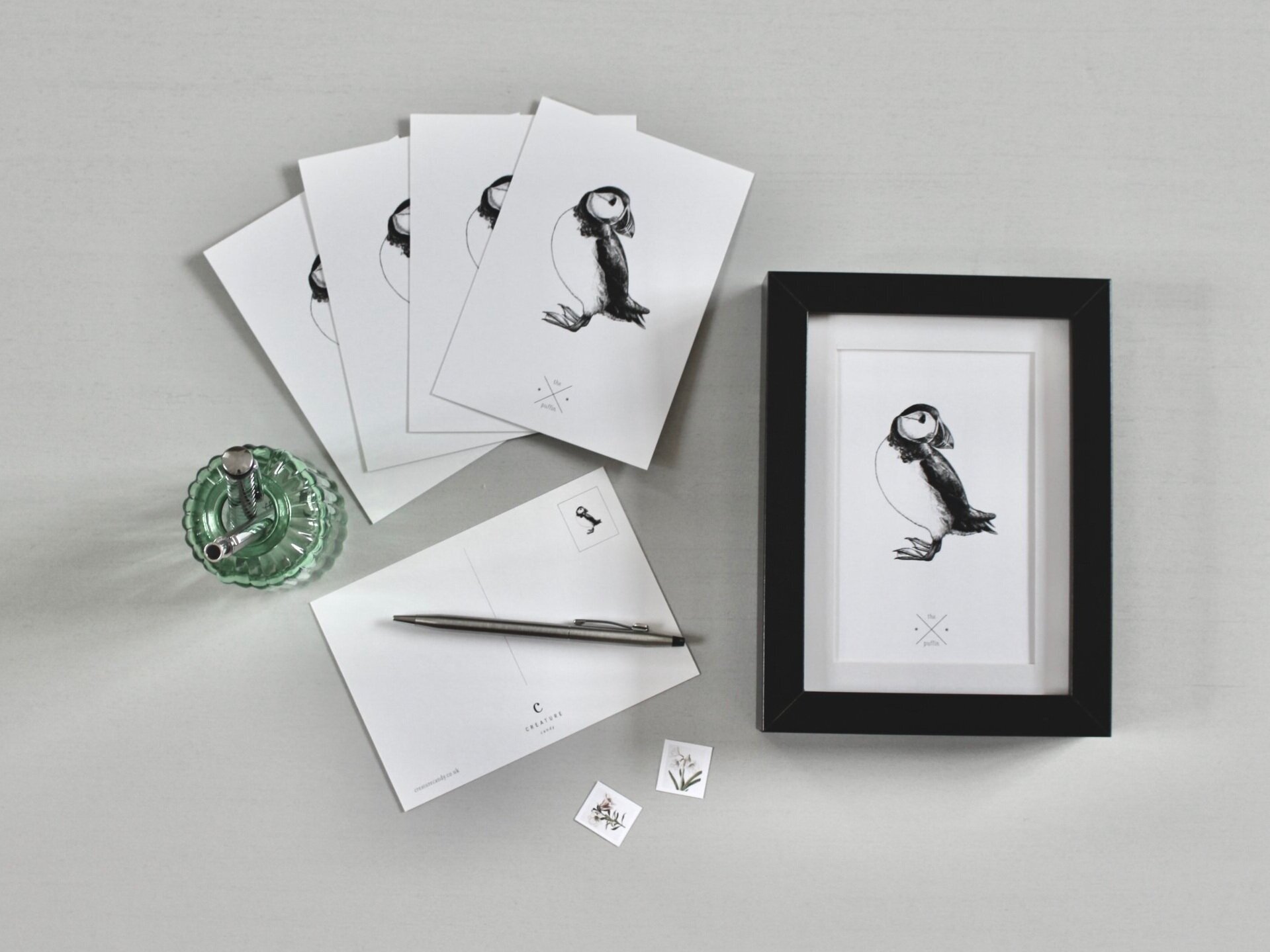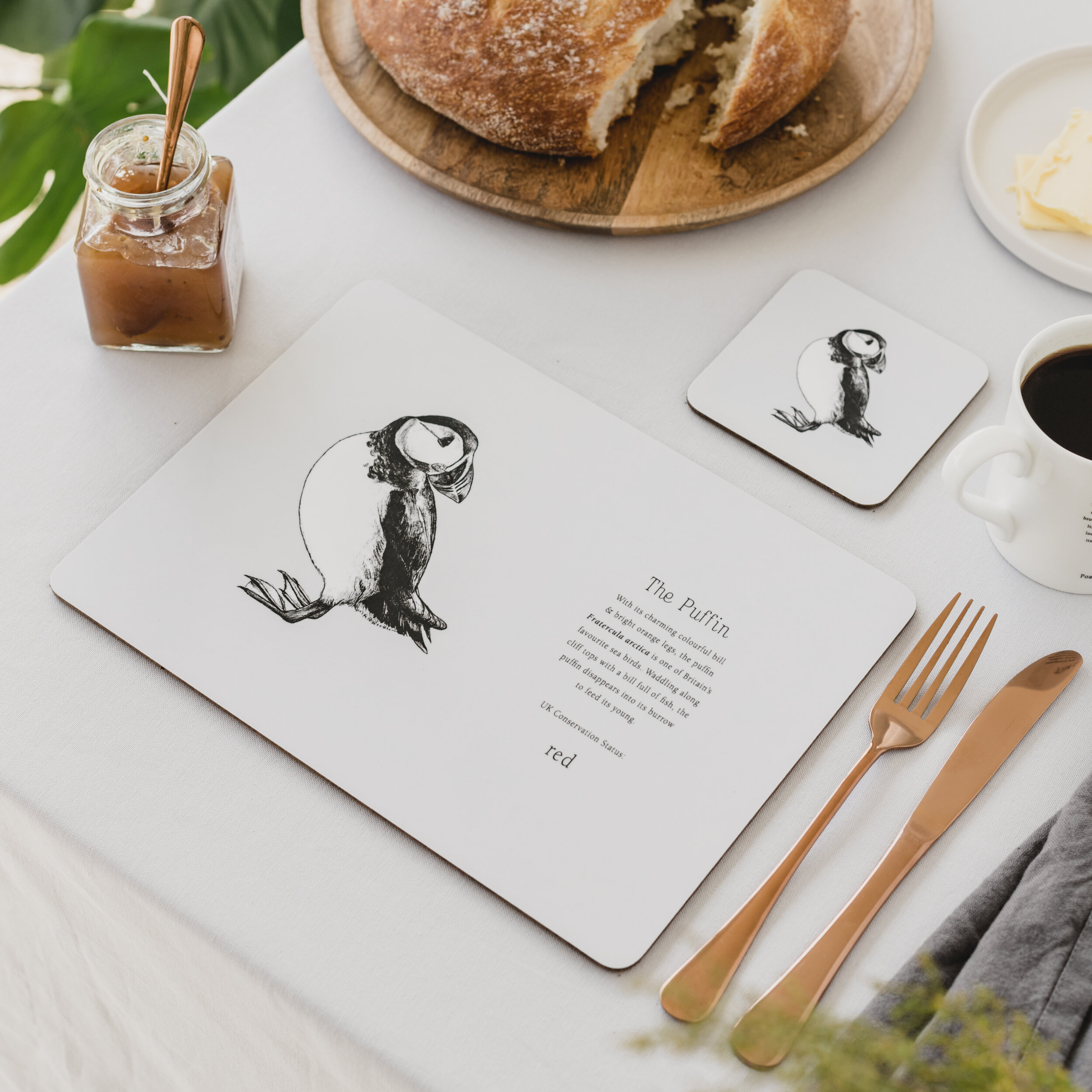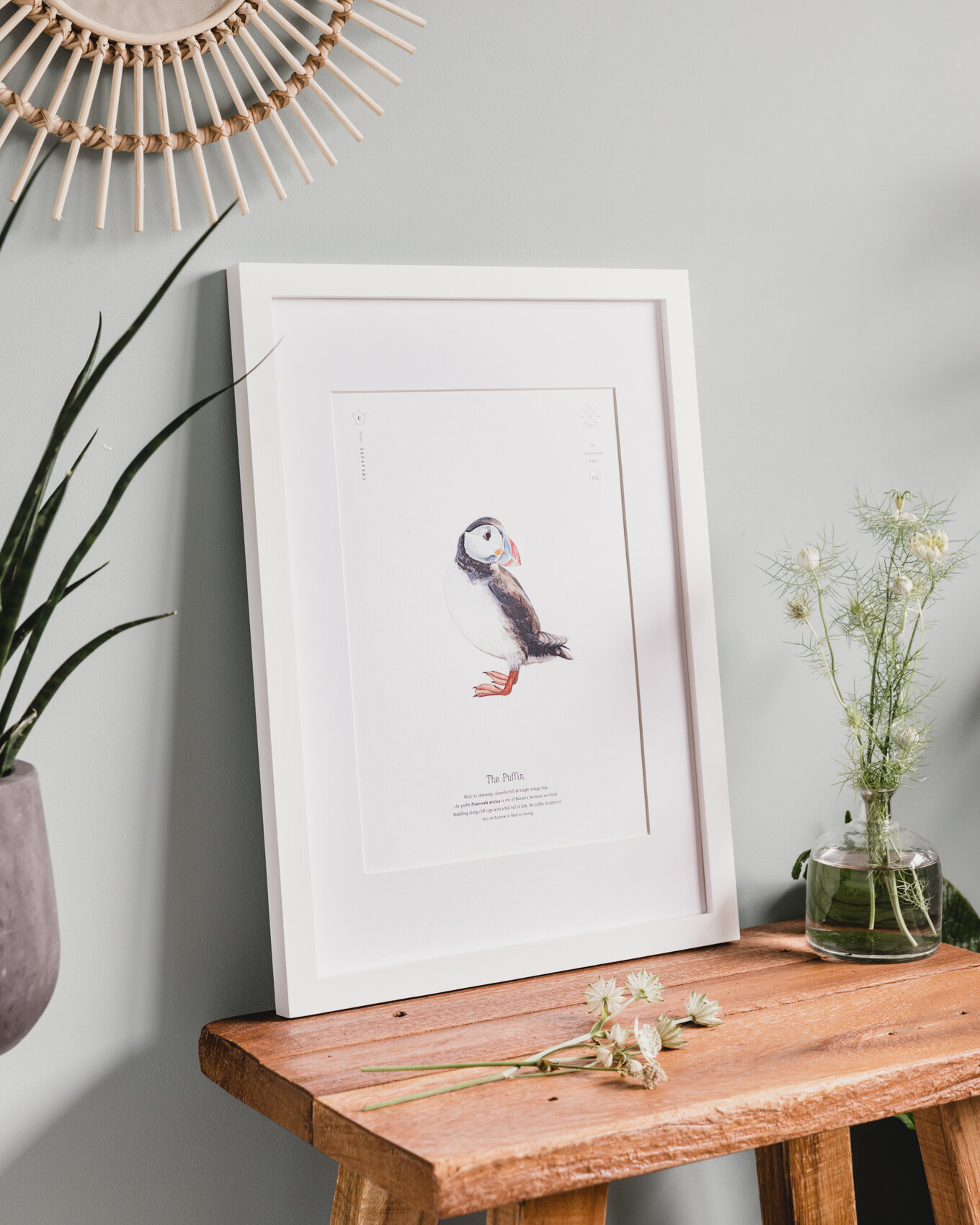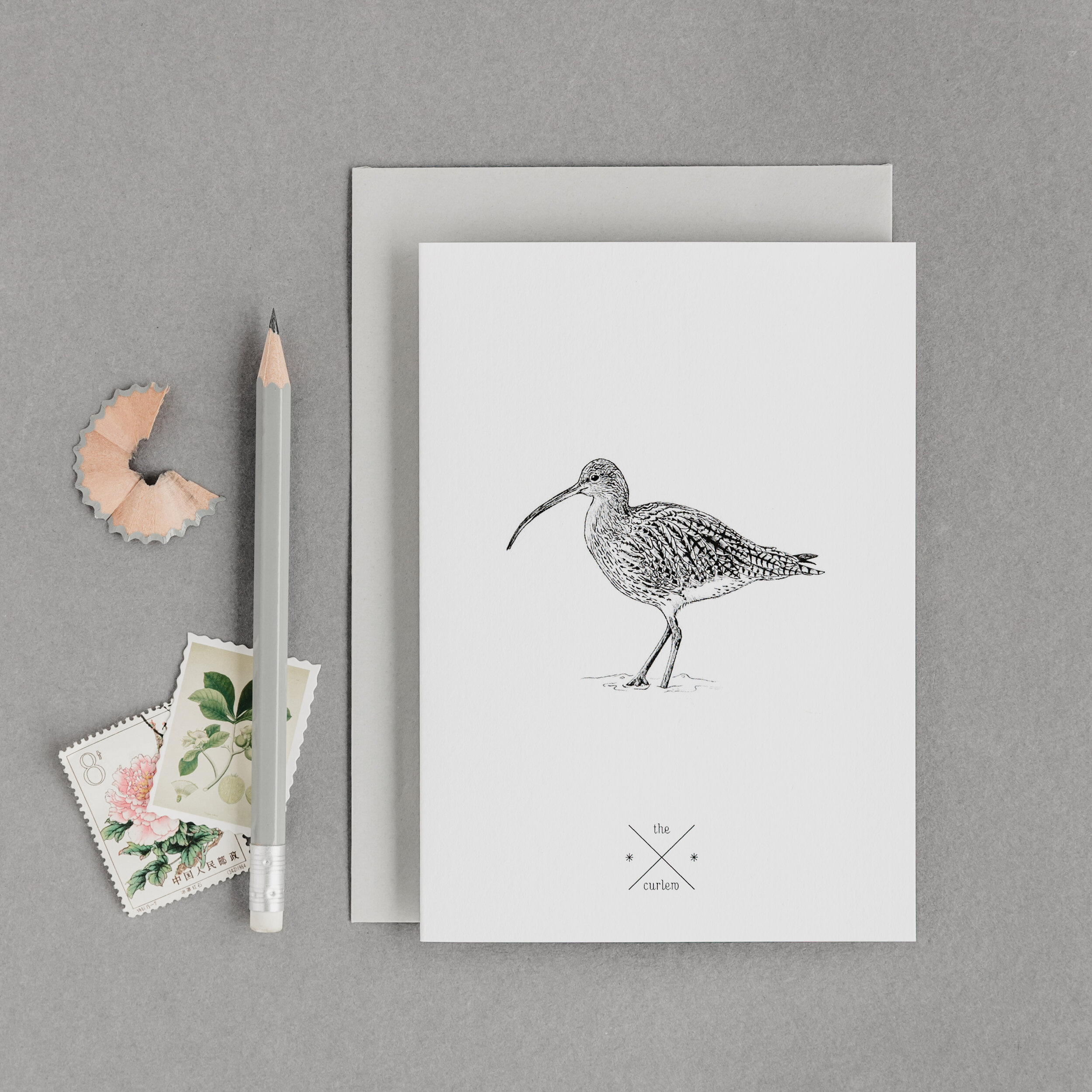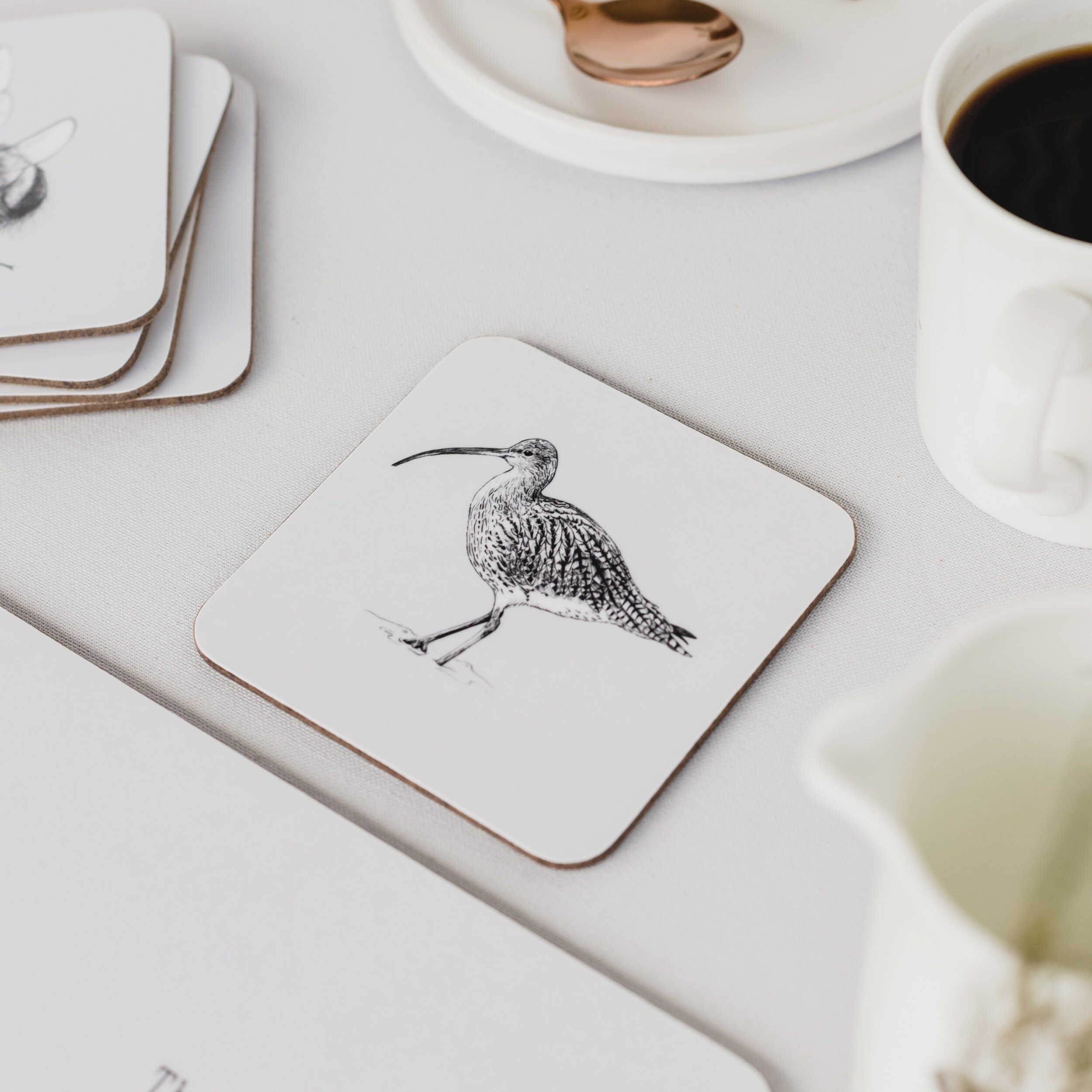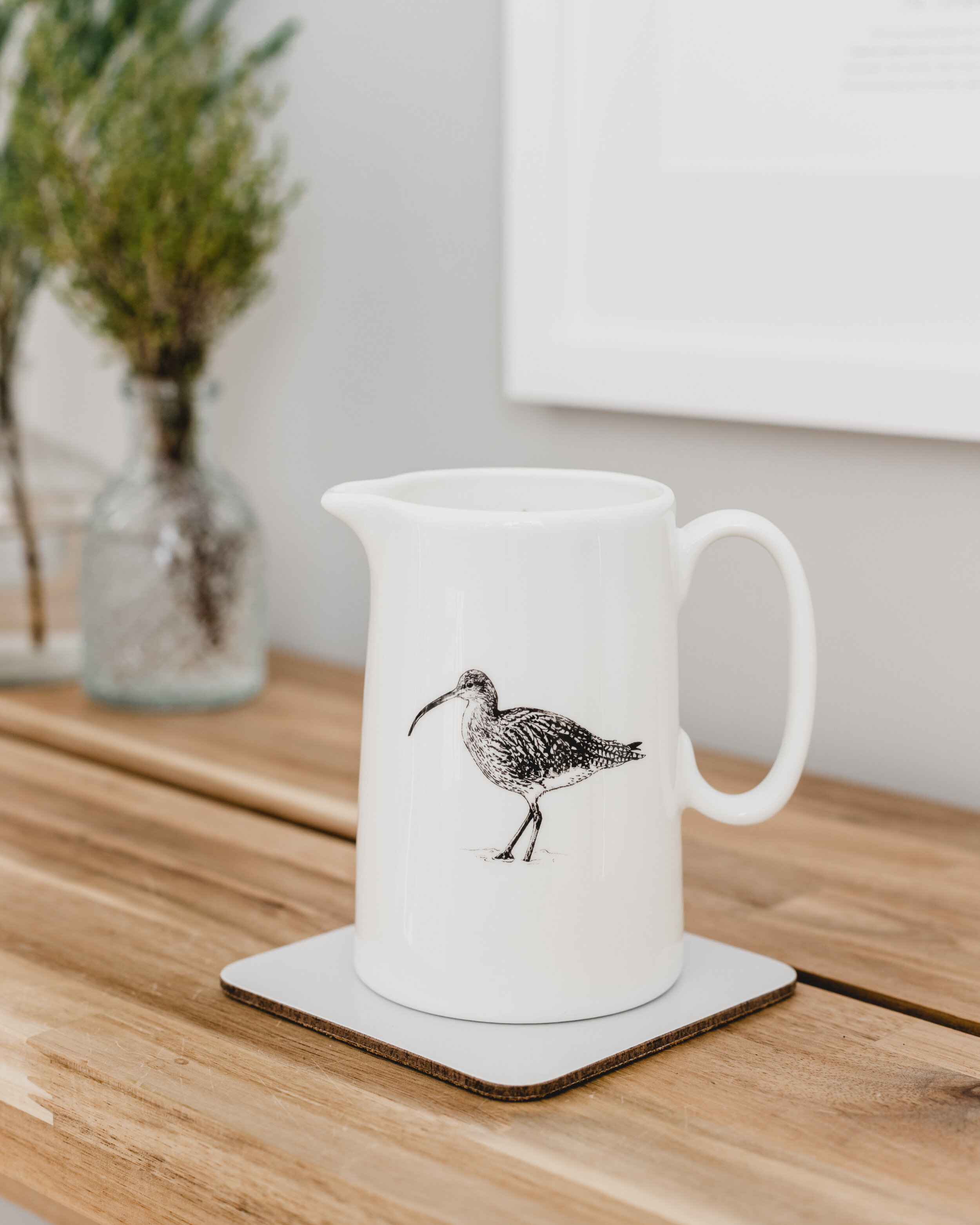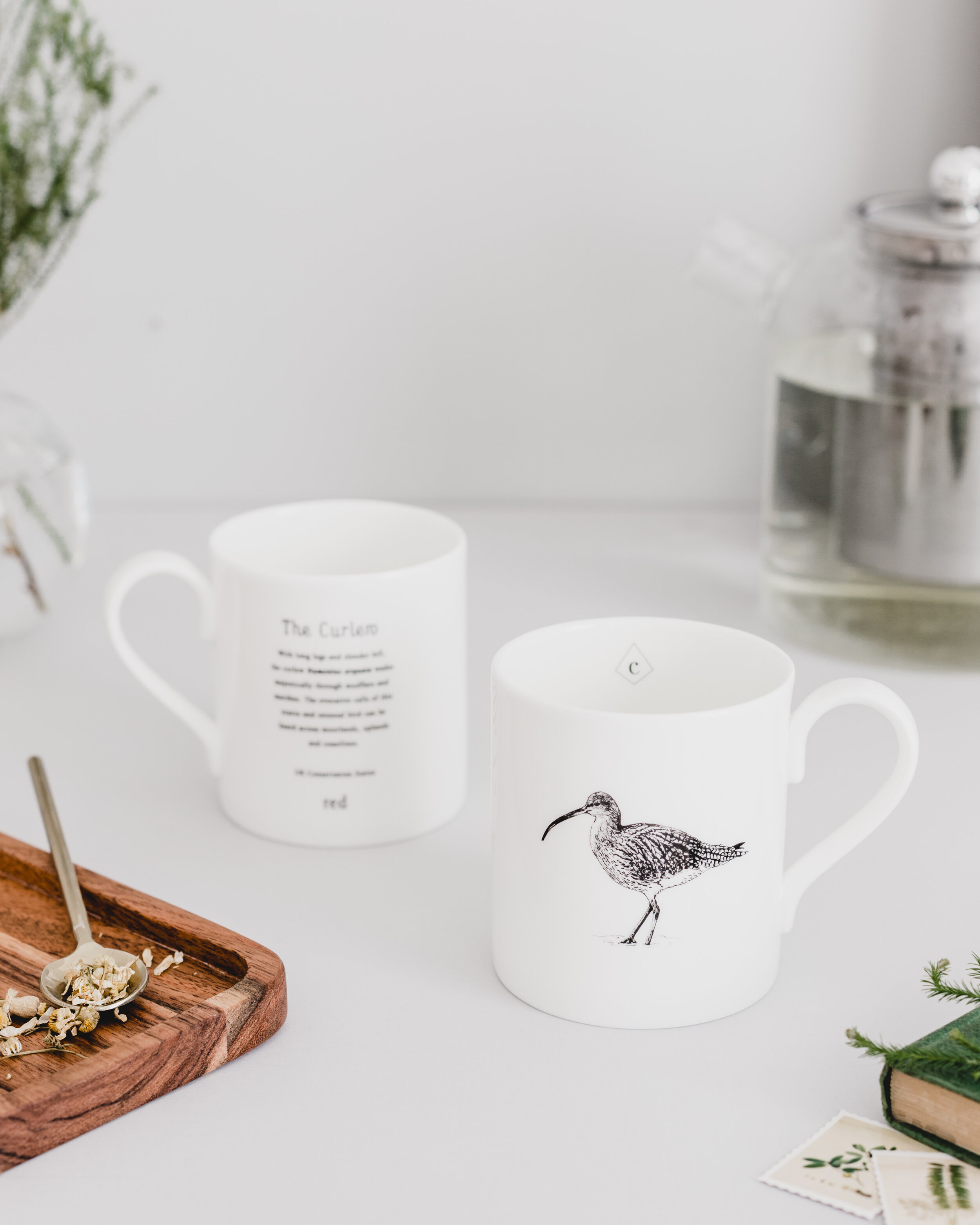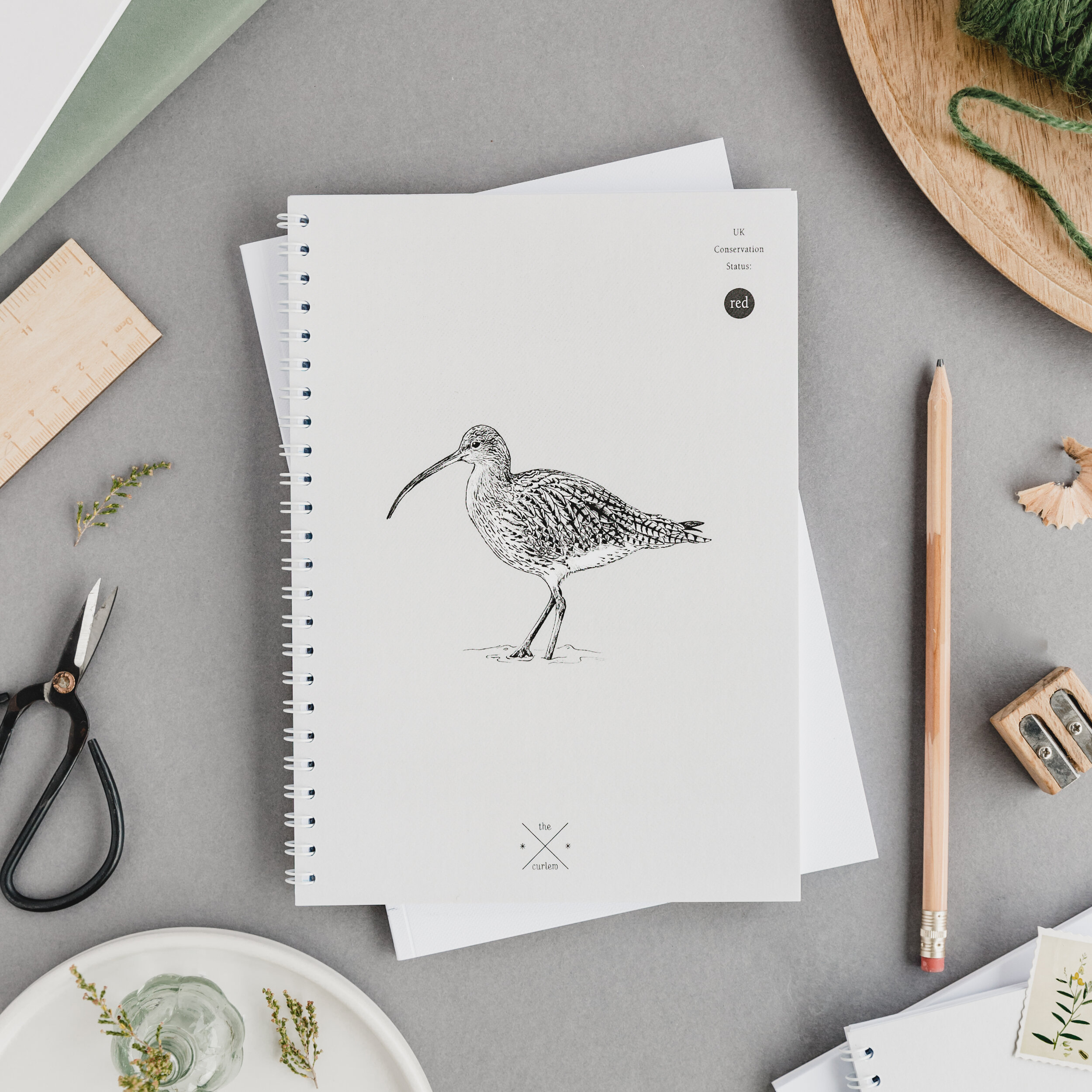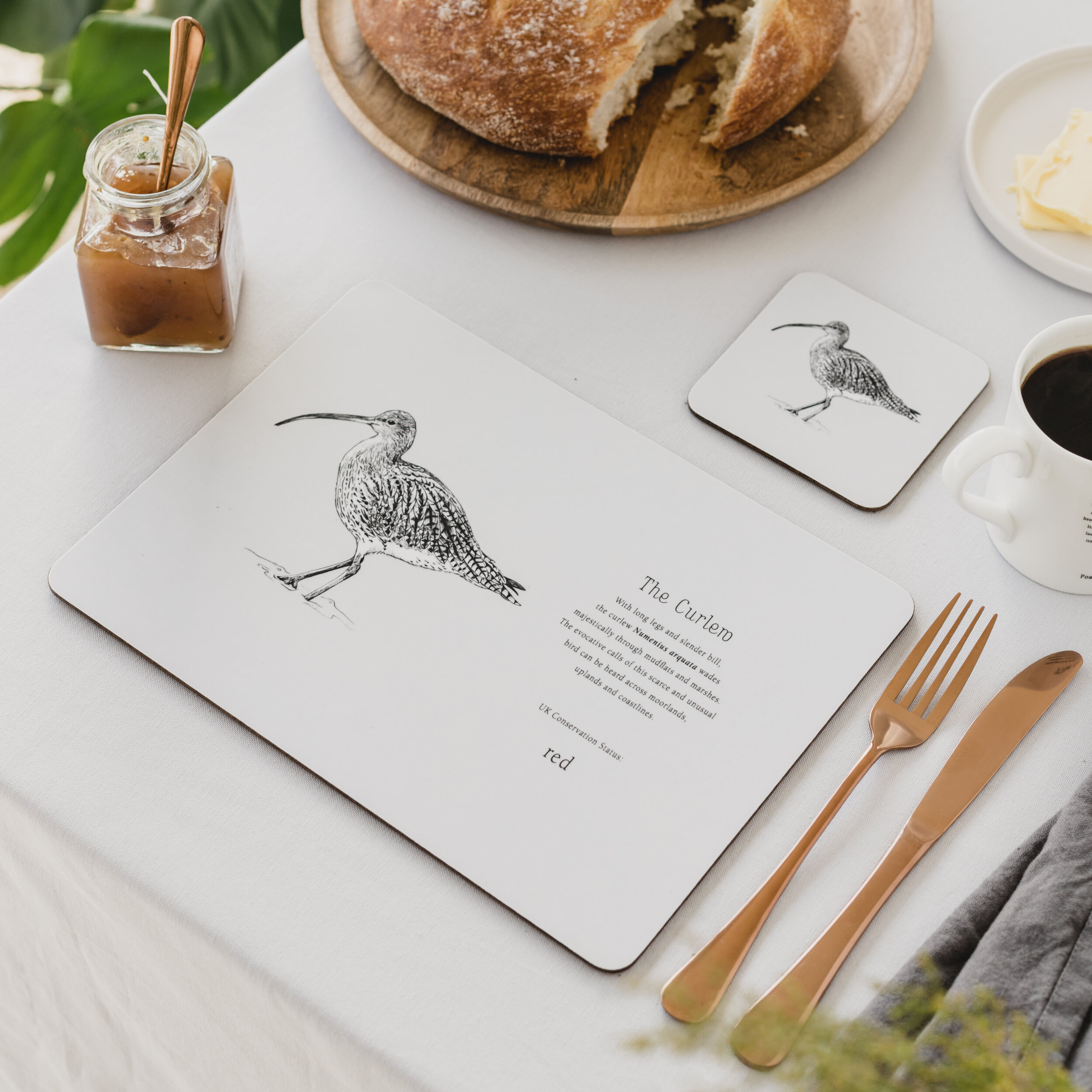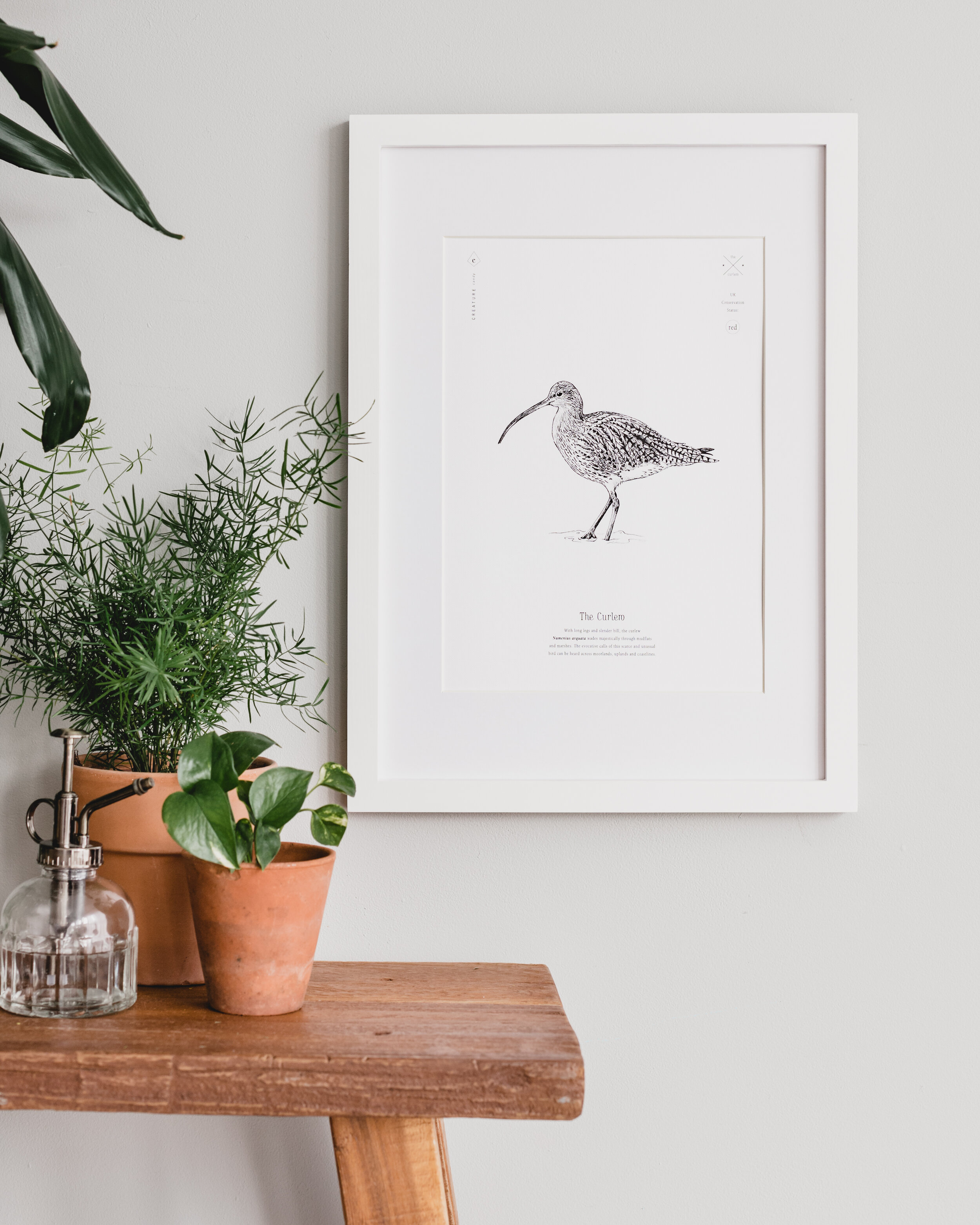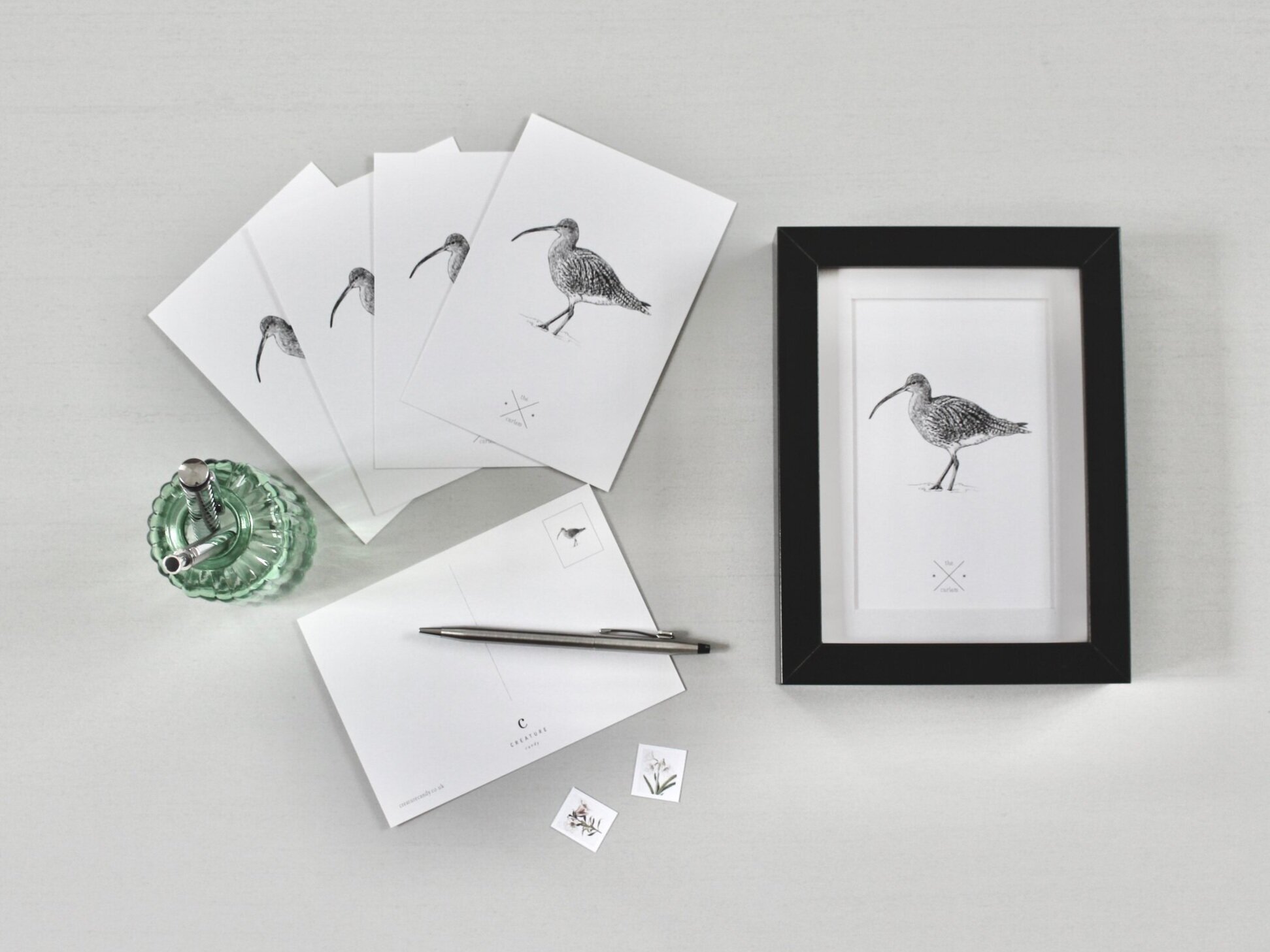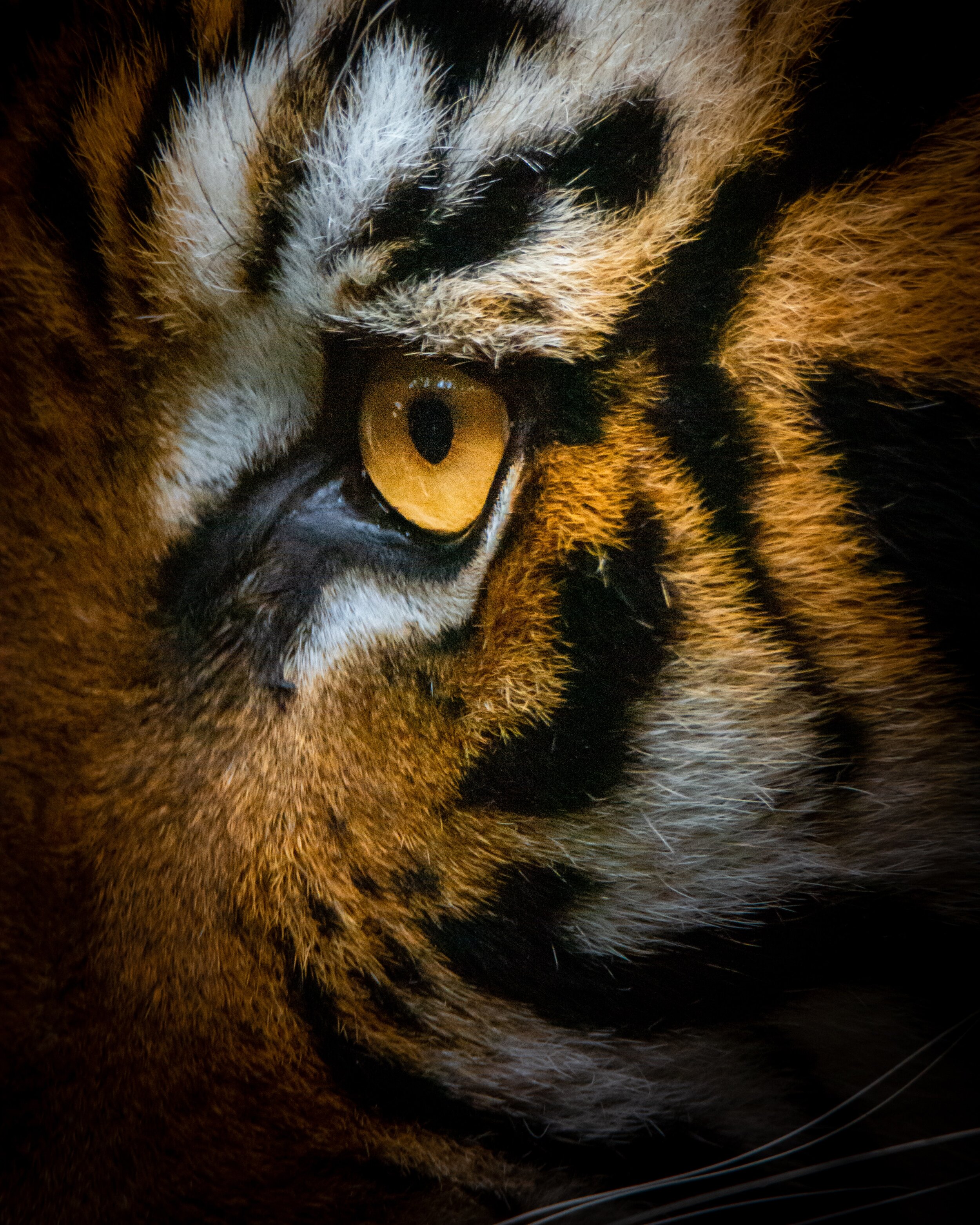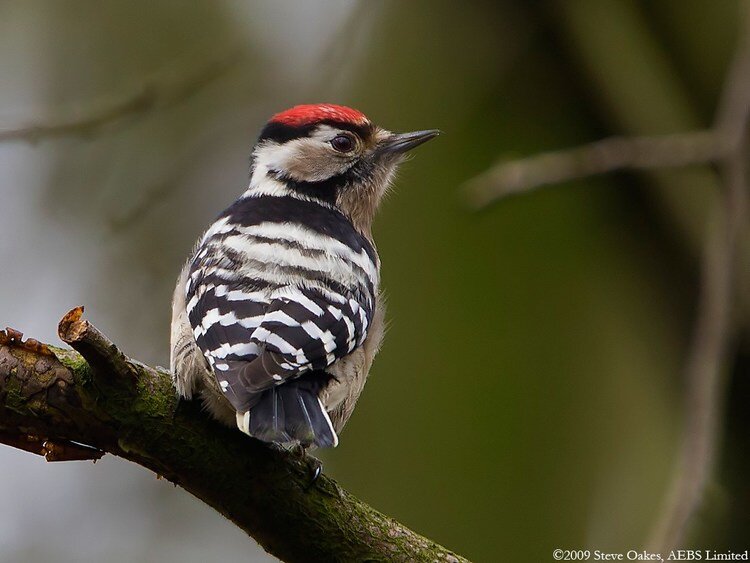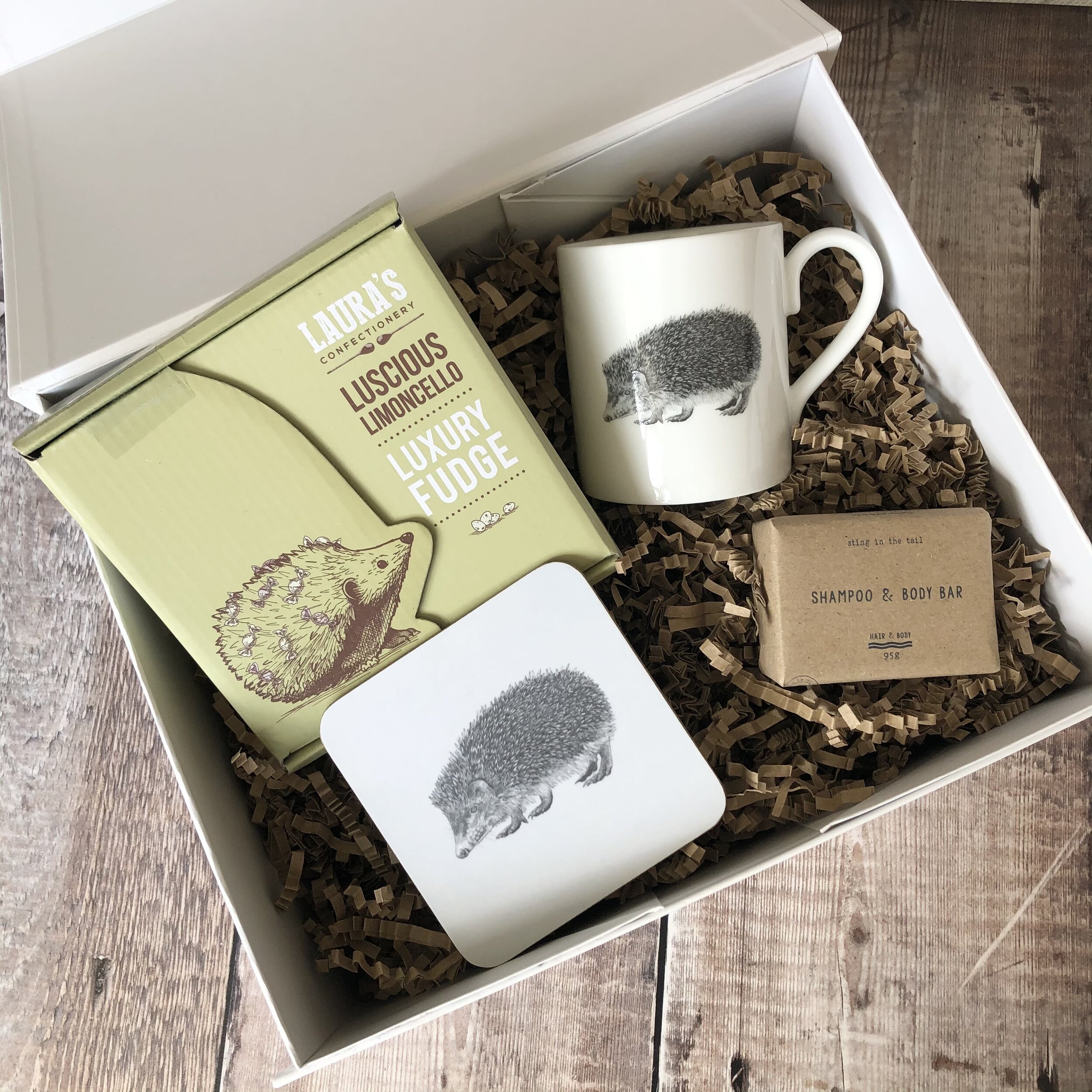By Rachel Bigsby
My name is Rachel Bigsby. I’m a 24-year-old wildlife photographer and filmmaker with a special interest in seabirds. My career so far has allowed me to film a variety of wildlife species for BBC Earth, BBC Springwatch, BBC Countryfile and more, but throughout all of my adventures, it is the mystery and magic of seabirds that captures my heart!
Seabirds are voyagers of the open oceans, acclaimed for circumnavigating the Earth and undertaking long annual migrations. They are well adapted to a life beyond the horizon and often exhibit striking convergent evolution. Seabirds are monogamous and mate for life, forming lifelong partnerships and renewing their bonds each year. They live longer than other birds, breed later than other birds and nest in colonies with a few dozen to half a million neighbours.
One of these colonies is RSPB Bempton Cliffs, or as I like to call it, my second home.
The towering chalk cliffs provide a sanctuary to half a million seabirds that return from January onwards to continue their life cycle. This annual spectacle crowns RSPB Bempton Cliffs the UK’s largest mainland seabird colony and a haven for any seabird devotee such as myself.
The seabird summer begins with one of my favourite seabirds…
In January, 11,000 Northern Gannets make their grand return to the cliffs after migrating south in August. The Northern Gannet is a magnificent bird, sleek and sharp in appearance with white plumage, black wingtips and a crown washed with gold. They are expert hunters, diving from heights of 30m at speeds of up to 60mph to catch their fish using their extensive network of air- sacs between their muscles and skin to help cushion the impact. Their eyes have specialised structural adaptations for plunge-diving allowing them to see clearly underwater immediately after striking and they can even use their wings and feet to swim to depths of 72 feet in pursuit of fish. Northern Gannets often build their nests on the windward side of a headland, which provides consistent updrafts assisting the birds in takeoff and landing. Their nests are a compressed bowl of grass, feathers, algae and mud with unusual objects found at sea or the nest site often incorporated such as rope. Gannets reach sexual maturity at 5 years old and will form a pair at the breeding site to lay their first egg. Both male and female Gannets share incubation duties, using their webbed feet to incubate the egg for 42-46 days. Once the egg hatches, both parents care for the young, exchanging fishing duties and defending their chicks aggressively with bill jabbing threats. First-year birds are completely black, and subsequent subadult plumages show increasing amounts of white. In the years ahead, juvenile gannets will return to the colony in their second or third year, forming ‘clubs’ of birds that rest together and begin to learn the local fishing routes until the males are old enough to claim a breeding site of their own.
Next to arrive are The Common Guillemots, the largest of the auk species arriving closely behind the Gannets. They can usually be found on the broadest ledges and plateaus at the colony and are easily distinguishable at the nest site because of their gargling calls. The male and female breeding plumage is identical with a dark brown/ black head and back with a white breast sharply shaped into a wide- angled peak towards the throat. Common Guillemots are predominantly piscivorous, consuming small schooling fish which it catches underwater at depths of up to 150 metres. Common Guillemots lay their eggs directly onto bare rock at the end of May or early June which is then incubated by both parents for 32 days. The single egg is pear- shaped, preventing it from rolling off the ledge and varies in colour from a light blue-green to brown with dark streaks and blotches. At 21 days of age, the young Guillemot departs from the colony during the night by leaping from their towering ledges into the seas below. The chick is followed by the male parent who will feed and take care of it during the period after leaving the nest, and carry out a swimming migration together from the colony out to sea.
Cruising the cliffs during the meantime are the Northern Fulmars. These dark grey, stocky seabirds and albatross relatives are members of the tube-nose family and their key adaptation gave them their name. ‘Fulmar’ is a combination of Old Norse ful and mar meaning ‘foul gull’, referring to their foul stomach-oil spitting defence mechanism. Northern Fulmars are sociable birds and can be observed sailing along and alighting the cliffs, visiting one another to strengthen bonds and establish social order within the colony. Fulmars are often heard before they are seen because of their distinctive and noisy cackling behavioural displays in which the head is moved slowly from side to side while also being bowed up and down, and cackling emanates from the wide-open bill. Fulmars nest on scrapes, a little more than a depression in the rock, lined occasionally with a few pebbles or bits of vegetation and will mate often in the build- up to the breeding season. Before laying their egg, Fulmars will depart the nest site for several weeks to forage to obtain enough calcium to produce an egg. Once the female Fulmar lays the egg, the male will begin incubation and the female will return to sea to forage and regain strength. Once the egg hatches, the parents take turns travelling to sea and provisioning the chick, which leaves the nest cliff soon after fledging, dispersing toward traditionally productive foraging grounds to spend the rest of the year on the open ocean.
Towards April and May, the remaining breeding seabirds start to return, including puffins, razorbills and kittiwakes!
The Razorbills, another member of the Auk family claim their ledges which neighbour the Common Guillemots. Razorbills are the closest living relative to the Great Auk (considered to be the northern hemispheres equivalent of a penguin), which is now extinct. The appearance of the Razorbill is striking. They’re black above and white below with a thin white line in front of the eye and a blunt, striped bill. The edges of the Razorbills upper bill are hooked and razor-sharp, enabling it to grasp fish, defend itself against predators and justify its name. The Razorbill’s main diet is sand eels and sprats, which are caught as they dive deep into the sea. They use their wings and their streamlined bodies to propel themselves toward their prey up to 120m below the surface. Razorbills choose their breeding sites carefully, looking for spots that offer good protection from predatory birds such as the Greater Black Back Gulls, and can be found on the smaller ledges and crevices protected by overhangs and caves, unlike the Common Guillemot. At 3-5 years old, Razorbills will begin to breed and will lay a single egg directly onto their chosen ledge which they will incubate for 35 days. Once the chick has hatched, the parents take turns foraging for their young while the other stays at the nest site and within a few weeks of hatching, they are encouraged to leap from their ledge in the cover of darkness into the safety of the water below with their parent. Although the chick cannot fly for several weeks, it can swim and dive well. After breeding, the Razorbill will winter at sea, sometimes as far as the Western Mediterranean!
The Black Legged Kittiwakes make their return to the cliffs of Bempton from the High Arctic. Kittiwakes get their common name from their calls – “kittee-wa-aaake!” . They can be observed in their thousands, hunting in flocks during the daytime, floating on the water and dipping their heads in to catch fish. Kittiwakes are very social build their nests on ledges together. Their nests are constructed by both male and female birds from seaweed, feathers, mud and other vegetation on the steepest ledges. Unlike the Gannets and Auks, 2 eggs are laid between the middle of May and June. The eggs are incubated for 4 weeks and after the egg hatches, the parents will switch off caring for the chick and flying out to sea to feed. The parents will store food in their crop and then fly back to regurgitate it at the nest. Food that misses the chick’s mouth to land on the nest will not be eaten, instead, it will be plucked out of the nest and dropped down the side of the cliff!
Kittiwake chicks instinctively know to stay still so they don’t fall from their cliff-side nests, but can fly into the world when they’re 5 weeks old.
After a secretive winter at sea, last but not least to return is the Atlantic Puffin! During the winter months, Puffins look unrecognisable in comparison to their well known colourful appearance. They moult away their wing feathers rendering them flightless, their legs and faces become darker, their reproductive organs shrink and they shed their bright bill-plates and eye ornamentation before re-developing their distinctive breeding plumage towards the Spring months. During the breeding season, Puffin’s forage in shallow waters close to the breeding colony, generally not straying more than 10 miles from shore. They "fly" underwater using their wings for propulsion and their feet as a rudder at depths of around 200 feet and capture several fish during one dive, holding them crosswise in their bill. Backwards-pointing spines on the roof of their mouth and tongue called denticles help keep the fish in place. Non-breeders at the colony often form flocks and spend hours flying in wide circular or figure-8 paths over the colony cliffs, a behaviour called wheeling flight. Puffins arrive at their nest sites in March but remain in rafts on the water below for a few weeks before setting foot on land, foraging in small groups of up to 7 and performing courtship and breeding displays. Atlantic Puffins form monogamous bonds and often return to the same burrow with the same mate in subsequent years and once paired, Puffins maintain their bond by rubbing their bills together. Atlantic Puffins nest in colonies and on islands, they dig a shallow hole or burrow into the ground with their bill and feet. Both sexes share the task, with the male typically doing more excavation than the female.
However, on rocky cliff faces, they make a nest under a boulder or within a crevice among the rocks using pieces of grass and twigs to line the bottom of the burrow. Inside this burrow, a single egg is laid and incubated for 36-45 days. Individuals often shake their head from side to side or stomp their feet to proclaim burrow ownership. Intruding males that get too close to the nesting burrow are met with ruffled feathers and an open bill with occasional fights of clawing and grappling. Puffin chicks once hatched are called ‘Pufflings’ and both parents will share the feeding duties until the chick is ready to fledge. Adult birds desert their young shortly before they are ready to leave the nest. The timing of the breeding in puffin colonies is highly synchronised, and so the departure of all adults takes place within a few days. The Pufflings leave their nest burrow and make their way to the sea, normally under cover of darkness to avoid predators where they will spend the next 4 to 5 years until reaching sexual maturity and returning to land to breed themselves.
Seabird cities such as this one are a sensory overload of cackles, gargles and groans, the stench of guano, the sharp sea-wind on your face and the flickering and flapping of thousands of birds. Spending time with any seabird colony is an exhilarating experience, but I also find it incredibly humbling. To be surrounded by birds that have been on this planet for double the amount of time I have, and to be allowed a glimpse into their secretive lives as they undertake their next chapter makes me feel incredibly privileged.
By August, the seabird summer is over and the birds disperse over the horizon to continue on their journey of mystery and discovery before returning next year to do it all again, and thanks to them, so will I!
Find more from Rachel, including amazing wildlife photography:
Take a look at our puffin and curlew ranges below:
